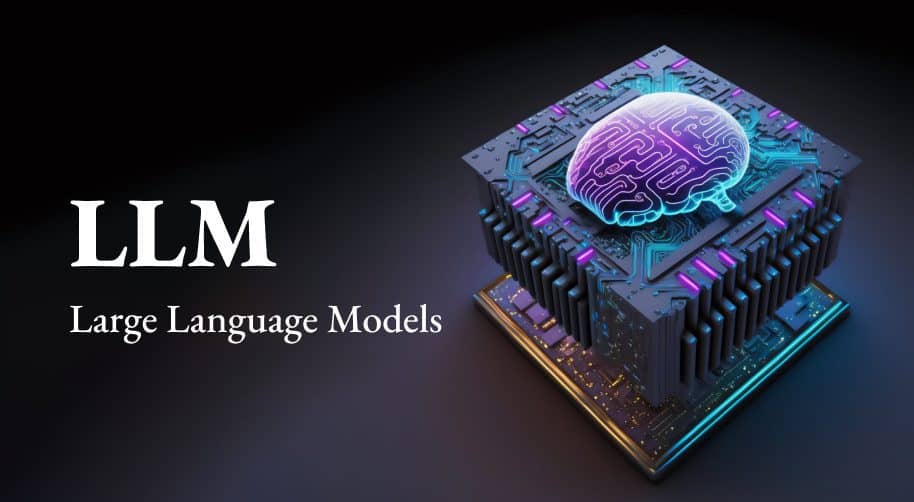Top 5 LLM Frameworks for LLM Apps in 2025
As we move further into 2025, the landscape of Large Language Models (LLMs) is evolving faster than ever. For AI/ML consulting firms and developers, choosing the right framework is critical to building efficient, scalable, and powerful LLM applications.
Here’s a look at the top 5 LLM frameworks making waves this year:
1. LangChain
Why LangChain?
LangChain has emerged as a leading framework for developing applications that leverage LLMs. Its open-source approach and strong community support make it a top choice.
Key Features:
- Modular architecture for easy customization.
- Tools for data preprocessing, model training, and deployment.
- Scales from small projects to enterprise-level solutions.
Best for:
Complex LLM workflows, multi-agent systems, and applications requiring integrations with APIs and databases.
2. LangGraph
What is LangGraph
Langraph is an Agentic AI framework that is steps ahead of LangChain and allows to build complex agentic AI workflows that interact with each other to accomplish a complex goal. LangGraph uses graph based architecture to express the Agentic AI workflow.
Why LangGraph
LangGraph helps to build complex Agentic AI workflows with relative ease. It’s well suited to build complex NLP applications and chatbot where Agents might involve complex interactions amongst each other
LangGraph Drawbacks
Steep Learning Curve and overkill for simpler use cases like MVP etc where tools like CrewAI can prove to be more handy
3. CrewAI
What is CrewAI
CrewAI is one of the industry leading Agentic AI app development frameworks presently. It provides a framework for complex multi-agent workflows that can interact seamlessly with external services and amongst themselves alike.
Why CrewAI
CrewAI is really simple to get started and can help get MVPs up and running really quick.
CrewAI Drawbacks
CrewAI focusses on simplicity and as a result you dont have as low level control on the agents as you can get with Autogen and Langgraph.
4. LlamaIndex
Why LlamaIndex?
LlamaIndex is known for its versatility and performance, especially when dealing with large datasets and complex queries.
Key Features:
- Trusted by organizations like T-Mobile and UC Berkeley.
- Comprehensive tools for data management, training, and inference.
- Optimized for high-speed data querying and retrieval.
Best for:
Building data-driven LLM apps that need advanced search, retrieval, and indexing capabilities.
5. Hugging Face Transformers
Why Hugging Face?
A favorite in the AI community, Hugging Face offers an extensive library of pre-trained models and user-friendly APIs.
Key Features:
- Thousands of models ready for text generation, translation, sentiment analysis, and more.
- Simple fine-tuning and deployment.
- Massive community and ecosystem support.
Best for:
Developers needing quick, reliable LLM solutions across diverse NLP tasks.
6. TensorFlow
Why TensorFlow?
Still a cornerstone in machine learning, TensorFlow’s robust ecosystem is perfect for LLM development at scale.
Key Features:
- Distributed training and deployment across multiple platforms.
- Seamless integration with Google Cloud.
- Extensive documentation and production-ready tools.
Best for:
Developers building enterprise-grade LLM applications requiring scalability and performance.
Conclusion
Choosing the right LLM framework is essential to the success of your AI projects.
| Framework | Best For | Strengths |
|---|---|---|
| LangChain | Complex LLM workflows | Modular, scalable, open-source |
| LlamaIndex | Data-heavy LLM applications | High-performance data handling |
| Hugging Face | Versatile NLP tasks | Pre-trained models, easy-to-use |
| TensorFlow | Enterprise-scale LLMs | Distributed systems, cloud-ready |
By leveraging these top frameworks, you can build robust, scalable, and efficient LLM applications that meet the demands of now and future.


